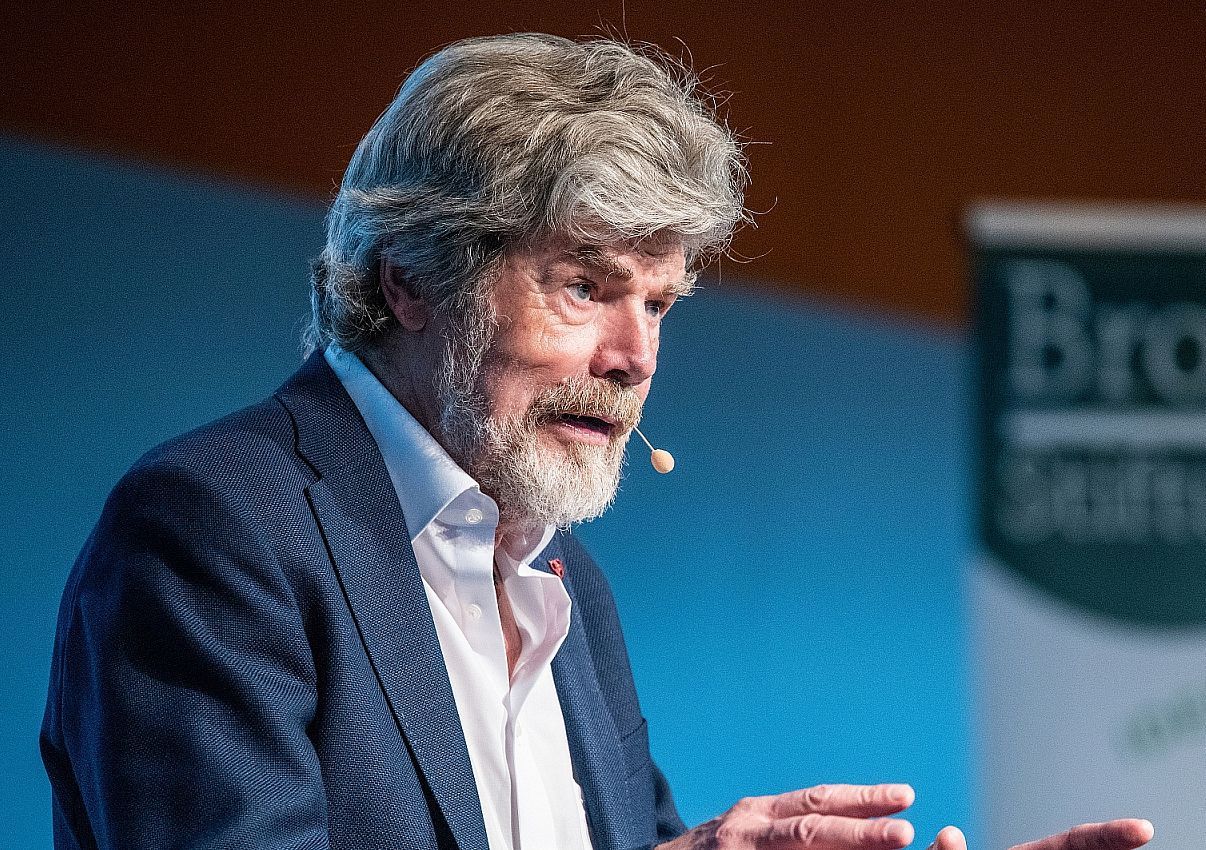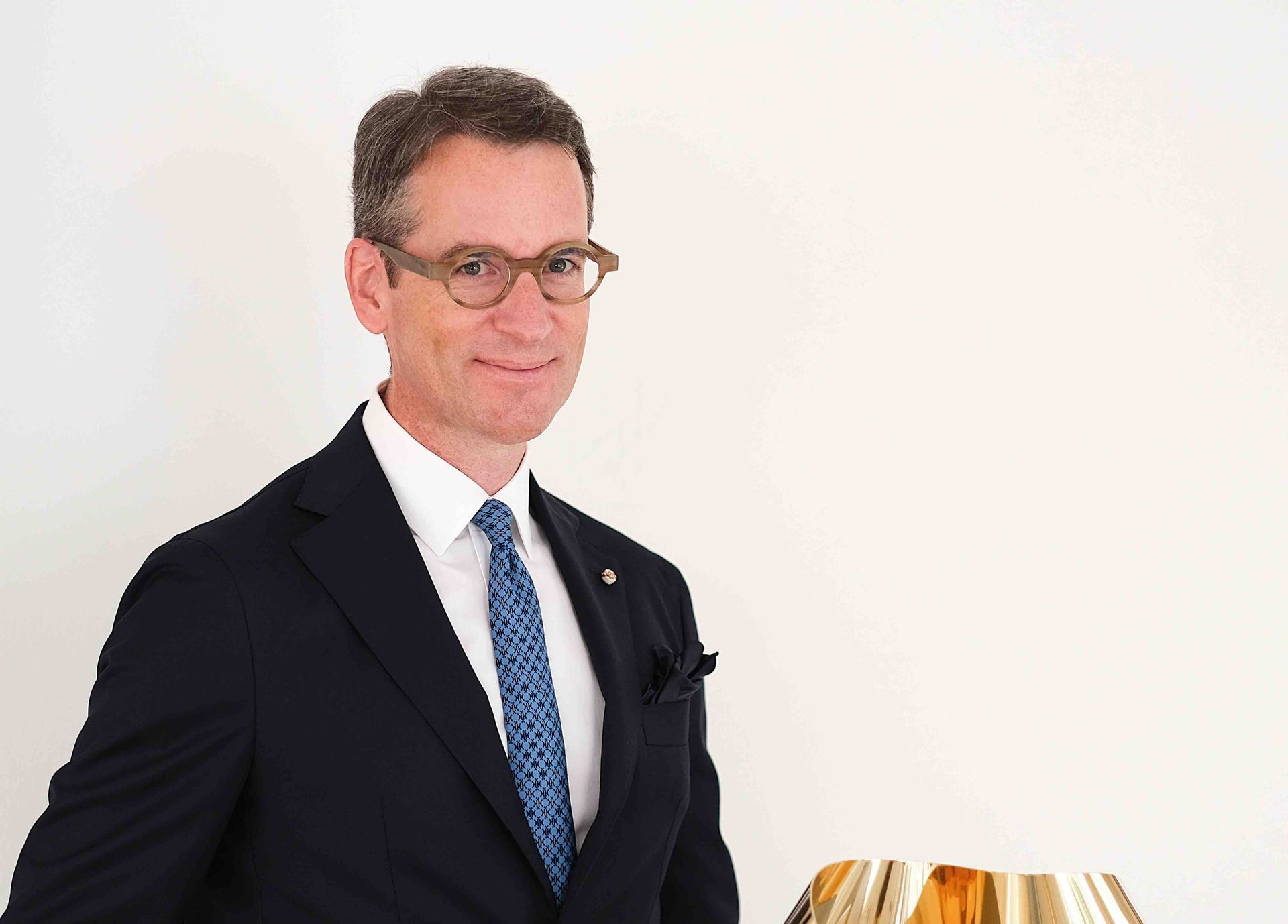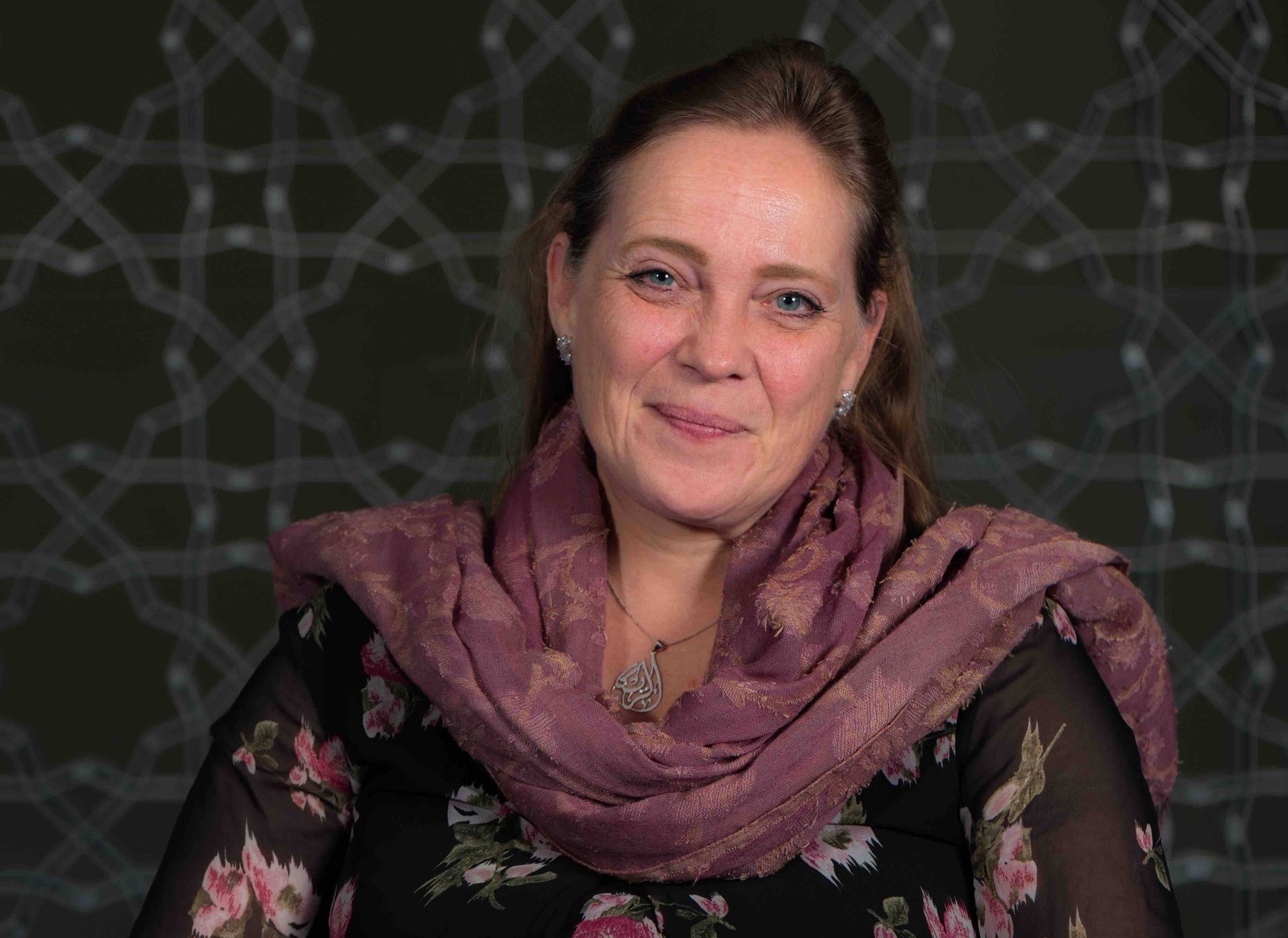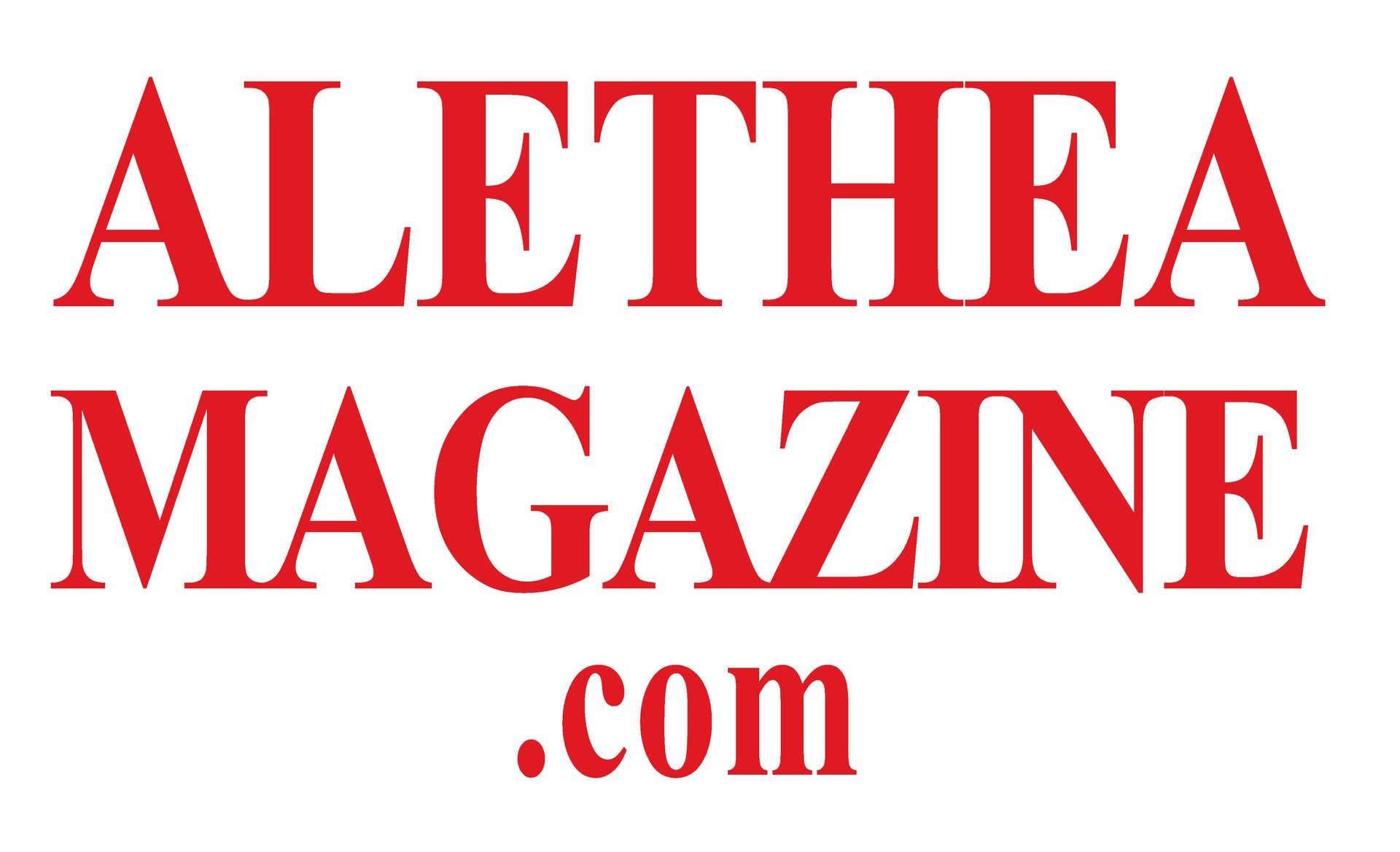
Schloss Neuschwanstein A looted art depot was set up by the Nazis in Neuschwanstein Castle; in 2014, the film "The Monuments-Men" was released, which traces this history (Editor's note) ©Mark Neal
Antonetta Stephany: "This is a number we would like to know with regard to artworks that were seized or at least lost due to Nazi persecution! But unfortunately it is neither available nor, according to the current state of affairs, possible to actually determine."
Restatement of Restitution Rules for Nazi-Confiscated Art and the current status of the research project at the University of Bonn. Does Germany need a restitution law?
An interview with Antonetta Stephany, research assistant and PhD student of Prof. Dr. Matthias Weller, Alfried Krupp von Bohlen und Halbach Professorship at the University of Bonn.
Since 2019, a research project has been taking place at the University of Bonn on the international practice of restitution of Nazis looted art. It concerns presumably 650,000 works of art seized by the Nazi regime. Within the framework of the Washington Declaration of 1998, 44 states declared that they wanted to advance the clarification of the looting as best as possible. In December 1999, in response to the Washington Declaration, the German government declared that the the Federal Government, the Länder and local communities are obliged to identify and return Nazi looted property. Private individuals are not covered by this. According to the Federal Government, only about 20,000 objects have been restituted since 1998. So the Bonn research project is still coming across new cases!
The primary problem is to identify the works of art - in very few cases can contemporary witnesses still be questioned, decisive documents can no longer be found or simply no longer exist. Art was a particular target of the Nazis in the plundering of the property of the victims. In its daily work, the research project comes across incomprehensible stories and fates.
Will there finally be a restitution law and is this even wanted? How would such a law affect museums and private owners? Professor Weller's research project "Restatement of Restitution Rules" aims to draw such a picture. Within the framework of this project, the decisive authorities in Germany are currently being contacted for a subsequent evaluation.
The interview was conducted in German.
16. February 2022
Interview Directory
ART, LEADER
Name: Antonetta Stephany
Occupation: Research assistant and PhD student of Prof. Dr. Matthias Weller, Alfried Krupp von Bohlen und Halbach Professorship at the University of Bonn.
Location: Bonn
"According to the German government, a total of around 20,000 objects have been restituted since 1998. And we are still coming across new cases!"
You just held a conference in Tel-Aviv in the presence of lawyers, politicians and a philosopher on this topic. Are you satisfied with how it went?
The conference - unfortunately not in Tel Aviv or Bonn on campus, but online - entitled "The Return of Beauty: Restitution of Nazi-looted Art in Comparative Perspectives" was the final event of a binational lecture. Together with Prof. Dr. Leora Bilsky and her team from Tel Aviv University, we offered the course "Israeli-German Dialogues: Provenance Research and Restitution Rules for Nazi-Confiscated Art in Comparative Perspectives" during the winter semester. Under the guiding principle of reconciliation, students from Israel and Germany as well as scholars, practitioners, and other experts from all over the world came together in a digital space to discuss the topic. Together, they examined the fundamentals of provenance research, i.e. research into the history of artworks, and the rules that have emerged internationally for dealing with the loss of cultural property as a result of Nazi persecution. The process of such rule formation, its application and critical reception opened up exciting discussions.
The final event was the aforementioned online conference, which was open to the public and met with great interest. About 300 participants from all over the world logged on and, based on the presentations of Dr. Bianca Gaudenzi (German Historical Institute, University of Cambridge, University of Konstanz), Alexander Herman (Institute of Art and Law, Builth Wells) and Hagi Kenaan (Tel Aviv University), moderated by Prof. Dr. Leora Bilsky and Prof. Dr. Matthias Weller, took part in an interesting and profitable discussion. Through the project, international contacts could be established and a grant from the state of North Rhine-Westphalia will enable some German students and research assistants to participate in a conference in Tel Aviv at the end of March - then actually in Tel Aviv and not only online! All in all, we are more than satisfied with the course of the event and the entire project, which has enabled and will continue to enable such multi-layered encounters in the context of dealing with the restitution of Nazi persecution-related cultural property losses - a topic that occupies both our and Israeli society as an outstanding desideratum of reconciliation.
How many artworks are still hidden in public collections and private collections worldwide?
This is a number we would like to know with regard to artworks that were seized or at least lost due to Nazi persecution! But unfortunately it is neither available nor, according to the current state of affairs, possible to actually determine. At the Washington Conference in 1998, estimates were put forward; the art historian Prof. Dr. Jonathan Petropoulos offered the figure of a total of 650,000 works of art seized by the Nazi regime.
What we do know for sure, however, is that in the framework of the Washington Declaration of 1998, 44 states declared that they would make it possible to research the provenance of objects and thus identify Nazi looted art by providing funds and personnel, opening archives, setting up central registers and supporting the original owners or their heirs in the best possible way.
However, this primarily refers to state institutions and the public sector; private individuals are not directly addressed by this - but are of course invited to voluntarily investigate their property as well. In Germany, following the Washington Declaration, the federal, state and municipal umbrella organizations have issued a joint declaration aimed at implementing the Washington Principles at national level. As a result, many holdings of public museums or other institutions have already been examined in Germany, and new projects on provenance research continue to be launched. In our research project, we have so far recorded almost 700 normatively informative cases in just over two years, some of which relate directly to several objects. According to the German government, a total of around 20,000 objects have been restituted since 1998. And we are still coming across new cases!
And just like the recording of cases, the identification of works of art lost to Nazi persecution is an ongoing process both in Germany and worldwide, which is so costly in terms of resources and personnel that it will hardly be possible to come close to a figure that answers your question in the near future.
If there were a law on restitution, what problems would museums and collectors face?
First of all, in the context of Nazi persecution-related losses, there are problems that exist independently of the existence of any restitution laws and are of a purely factual nature. First and foremost, it is necessary to identify such works of art - which, as just mentioned, is an extremely extensive task in terms of numbers alone. This is intensified in detail by the fact that today the provenance can often no longer be clarified beyond doubt. In very few cases can contemporary witnesses still be interviewed, decisive documents can often no longer be found or simply no longer exist, so researching the individual object histories is anything but simple.
With regard to a possible law on repatriation, a wide variety of forms are now possible. The very conception of such a legal basis opens up different problem areas in which numerous interests are opposed; law and morality collide. In part, the creation of a law is rejected as per se unsuitable for resolving the conflict; on the other hand, of course, important arguments are put forward in favor of such a law. Before asking what problems such a law would open up, it would therefore first be necessary to clarify whether such a law would make sense in dealing with Nazi persecution-related losses of cultural property and what such a law might look like.
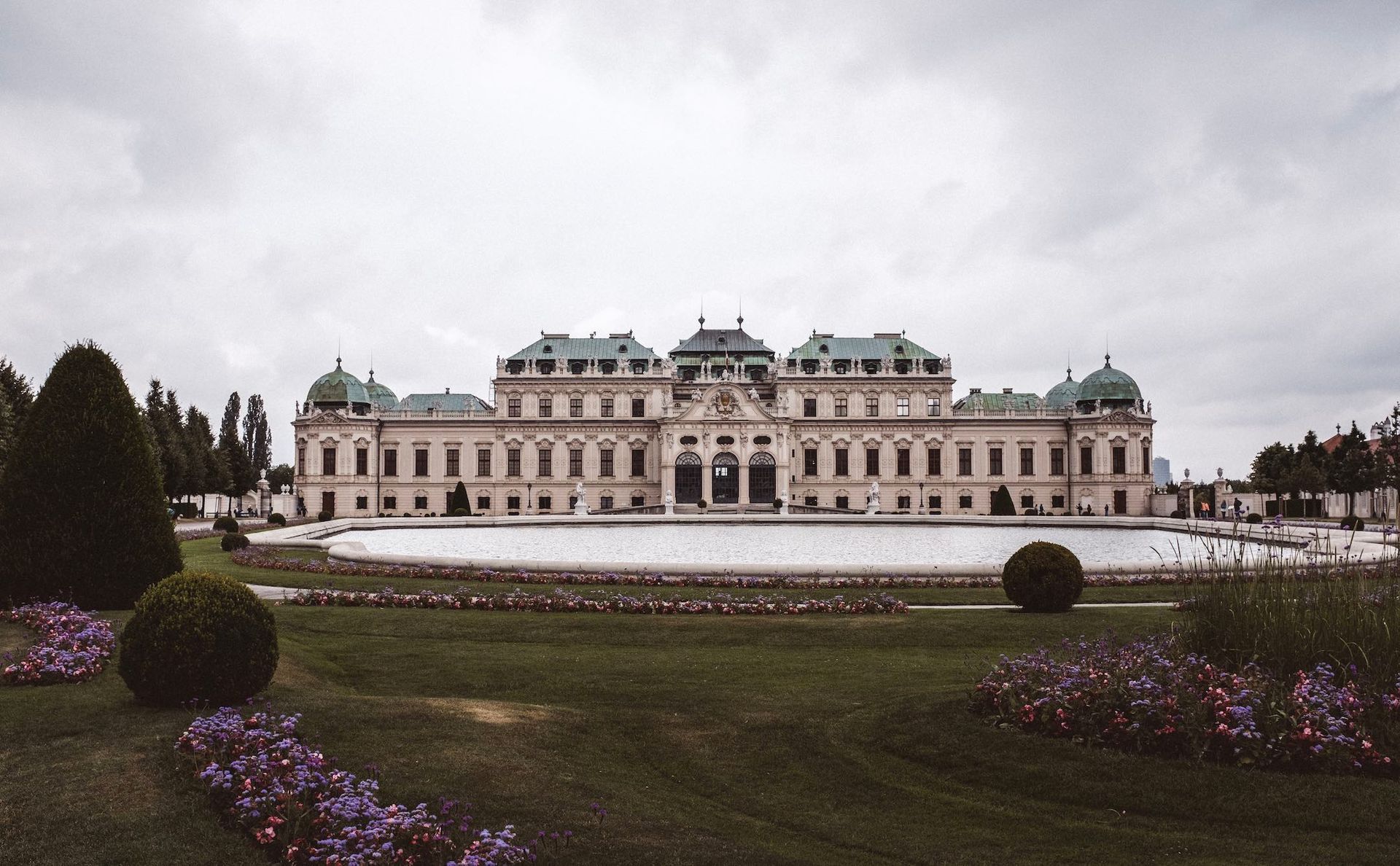
Schloss Belvedere, Austria
"As the title Orientation Guide indicates, it is merely a catalog of questions that museums and other institutions and their sponsors are given as a kind of tool."
Can you tell me something about the "Handreichung für Museen und öffentliche Einrichtungen"?
The handout implements the declaration of the federal government, the states and the central municipal associations on the identification and restitution of Nazi-confiscated cultural property, especially Jewish property, which was issued in December 1999 in response to the Washington Declaration. As already mentioned, this declaration commits the federal, state and local governments to the identification and restitution of looted Nazi property. Private individuals are not covered, but they are called upon to cooperate in the implementation of the Washington Principles.
However, the handbook is not a legally binding catalog for the federal, state and local governments on how to deal with objects seized or lost as a result of Nazi persecution; rather, it is a non-binding guide. Thus, in addition to a general, informative section on the Washington Principles and the development since then, there are various chapters that depict the process that usually takes place at a museum when dealing with Nazi looted property. The process begins with an inventory review and documentation of the collection to identify objects with Nazi connections. The handout offers a checklist for this purpose, as well as contacts for project funding and contact persons. The next step is to explain how to deal with the results of the inventory check; among other things, the Lost Art database is presented and the investigation of inheritance is taken into account.
Finally, the core of the handout is the actual orientation guide, which poses guiding questions for the examination of a possible loss due to Nazi persecution. Such an examination is necessary in order to subsequently make a decision that represents a just and fair resolution in accordance with the Washington Principles. However, this is also not a legally binding set of rules! As the title Orientation Guide indicates, it is merely a catalog of questions that museums and other institutions and their sponsors are given as a kind of tool. To what extent it is then used is up to each deciding body. So far, however, we have been able to observe in the context of our project that the handout is generally consulted by the decision-making bodies.
"Would a restitution law be desirable at all?"
Whose support, from governments or museums - would be important to finally have a law?
As mentioned before, the first question is whether one would want such a law at all. This is then followed by the next decision, namely how this law should be structured in terms of content. In order to clarify this question, it can be helpful to contact the authorities that are currently deciding, and have often been deciding for several years now, in cases of art works lost as a result of Nazi persecution. What picture does the practice paint here? What stories of loss, in other words, what facts have already been decided? Professor Weller's research project "Restatement of Restitution Rules" here in Bonn aims to draw such a picture. Within the framework of this project, we are contacting the decisive authorities, especially in Germany, and evaluating their cases.
In addition, we are in close contact with representatives of the claimants, i.e. with the original owners or their heirs. Such a record of current practice in dealing with Nazi persecution-related losses of cultural property here in Germany and in other countries can now serve as a starting point for clarifying questions of whether and how a "restitution law" should be enacted.
Which country has achieved the most here so far?
Austria is often mentioned here because it is the only country that has a legal regulation at the federal level regarding the handling of Nazi persecution-related losses of cultural property. However, the Art Restitution Act, which was passed as early as 1998, does not - and expressly does not - open up any claims on the part of the original owners or their heirs. The state is merely authorized to transfer affected cultural property to them. The state acts on its own initiative; original owners or their heirs have no binding possibility to assert claims - which do not exist under the law - or to trigger a referral of their case to the state. This fact is often overlooked in the discussion in Germany, while the design of the Art Restitution Act is subject to widespread criticism, especially with regard to the procedure in Austria. It cannot be said, therefore, that Austria is a pioneer simply because of the adoption of this law.
With regard to the states that have signed the Washington Principles, five states stand out: Germany, as well as Austria, the Netherlands, France, and the United Kingdom. These countries have created commissions or advisory bodies to deal with the restitution of art or cultural property seized as a result of Nazi persecution. In detail, these commissions are very differently structured, and their mere existence cannot now, like the Austrian law, lead to the judgment that "most has been achieved" in these states.
In the U.S., for example, it is often emphasized that such a commission would not even be necessary there, since legal recourse is available to the ordinary courts - and so many such cases have already been brought before the courts. Does this mean that less has been achieved? The question cannot be answered conclusively; there is no kind of "ranking". It can only be stated that some states are dealing with the issue more comprehensively than others - although it must also be taken into account that the situation of the different states is not so sweepingly comparable. During the Nazi period, some of the various states were at least controlled by the Nazi regime, while others, such as Great Britain, were never occupied. Thus, very different questions arise in the various states in dealing with cultural assets lost to Nazi persecution. In addition, as already mentioned, the national legal systems in force today also play a major role, which, by the way, is referred to precisely in the preamble to the Washington Principles.
"The stories and fates of the original owners behind the artworks are always moving."
Did you also have emotional moments with your project? There are tragedies behind these works of art.
Part of our daily work in the research project is to collect and process cases that are provided to us by museums and their owners or that we come across ourselves. The purpose of our processing of cases is to identify the normative considerations that have been made in each case. But this always includes facts that are the result of provenance research on a work of art. The stories and fates of the original owners behind the artworks are always moving and the horror of the Nazi regime so incomprehensible.
In the context of Nazi looted art, the comprehensive organization of the regime becomes clear, on the one hand with regard to the Holocaust, and on the other hand in the form of this largest art theft in history, as it is repeatedly called. Art was a particular target of the National Socialists in the looting of the property of the persecuted population groups, and so it was systematically seized directly or bought for knockdown prices.
Cases in which, for example, individual books of not particularly high value are recovered and returned are often very moving. Of course, we are not ourselves involved in this process of identifying an object, deciding whether to return it, and searching for the owner or their heir. But in our contact with museums and their owners we are told of such emotional moments of personal restitution.
The rulebook is being developed in English and is expected to be published at the conclusion of the five-year project in 2024.
Contact:
Research Project "Restatement of Restitution Rules".
Institute for German and International Civil Procedure Law and Conflict Management
Alfried Krupp von Bohlen und Halbach Professorship for Civil Law, Art and Cultural Property Law
Rheinische Friedrich-Wilhelms-University Bonn
Address: Lennéstr. 31, 53113 Bonn, Germany
Postal address: Adenauerallee 24-42, 53113 Bonn, Germany
antonetta.stephany@uni-bonn.de
TOP STORIES
FUN, DÜSSELDORF
Read the interview about the very personal story of how RheinRiff came into being.
March 1, 2023
_____________________
VISIONS, ARCHITECTURE
MARCH 10, 2023
_____________________
CHECK THE THINGS YOU WANT TO THROW AWAY
HA Schult's Trash People at the Circular Valley Forum in Wuppertal on 18 November 2022.
NOVEMBER 19, 2022
_____________________
THE OPERA OF THE FUTURE
Düsseldorf, capital of North Rhine-Westphalia will receive the opera house of the future.
FEBRUARY 15, 2023
_____________________
LONDON
Opening: Lightroom, London's new artist home, shows: David Hockney
DECEMBER 2, 2022
_____________________
FLORENCE
The extraordinary museums of Florence in 2023.
JANUARY 1, 2023
____________________
DÜSSELDORF
DECEMBER 11, 2022
____________________
IN BEAUTIFUL A CORUNA
New exhibition of the Marta Ortega Pérez Foundation: "Steven Meisel 1993" .
DECEMBER 5, 2022
____________________
WORLDLEADER
How did ProWein manage to become No. 1.
MARCH 15, 2023
____________________
INTERNATIONAL TOGETHERNESS
MARCH 8, 2023
____________________
TRAVEL
What major events in art, culture and society are we facing?
JANUARY 21, 2023
____________________
HOLLYWOOD
____________________
DISTANT WORLDS
Dieter Nuhr's paintings now in Senegal - "A Nomad in Eternal Transit"
DECEMBER 6, 2022
FAIR, DÜSSELDORF
Kylie Minogue at Prowein 2023. Read about Kylie's wine adventure in her own words.
MARCH 22, 2023
_____________________
RELATED TALKS

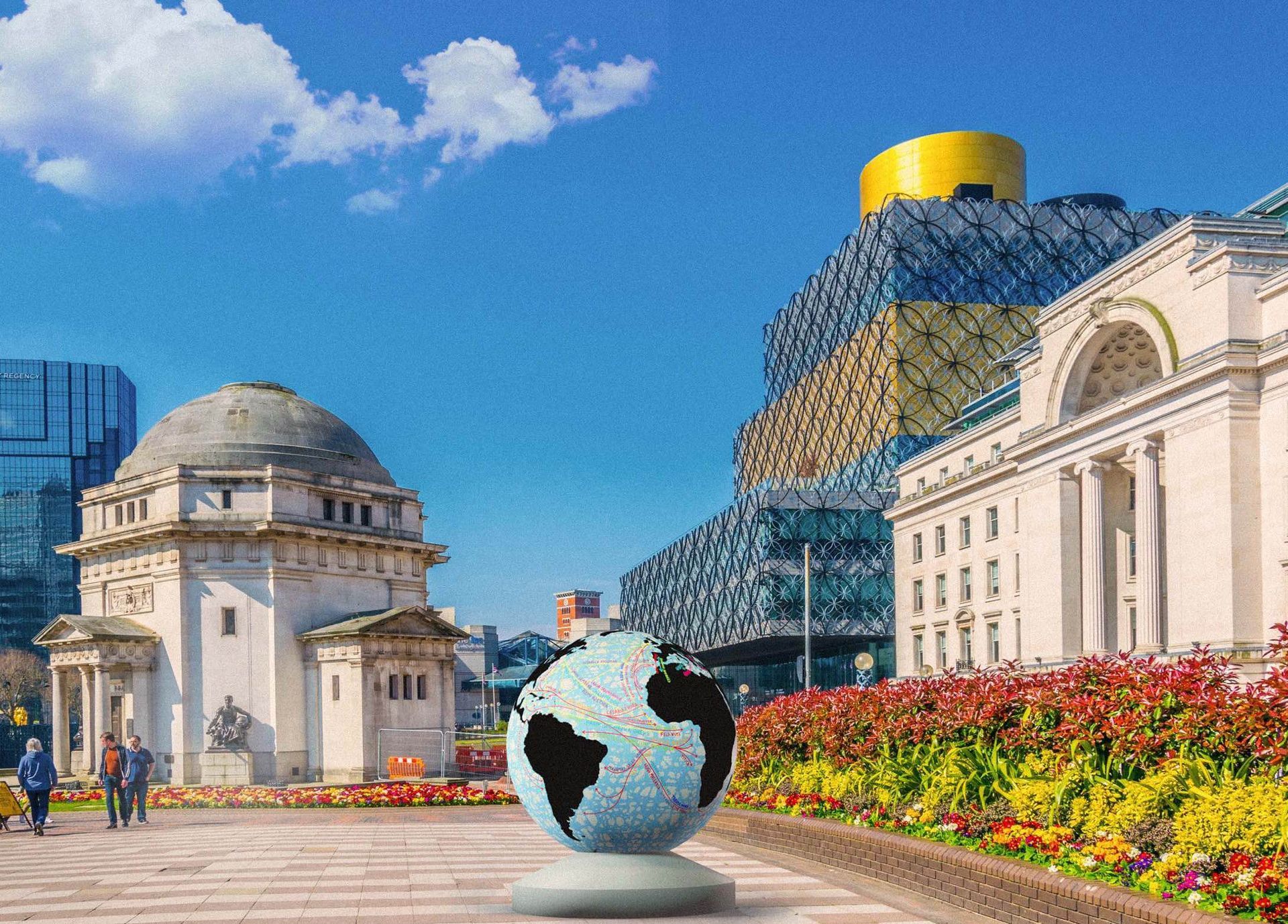
Ashley Shaw Scott Adjaye
"Art is our greatest unifier, our greatest teacher."

